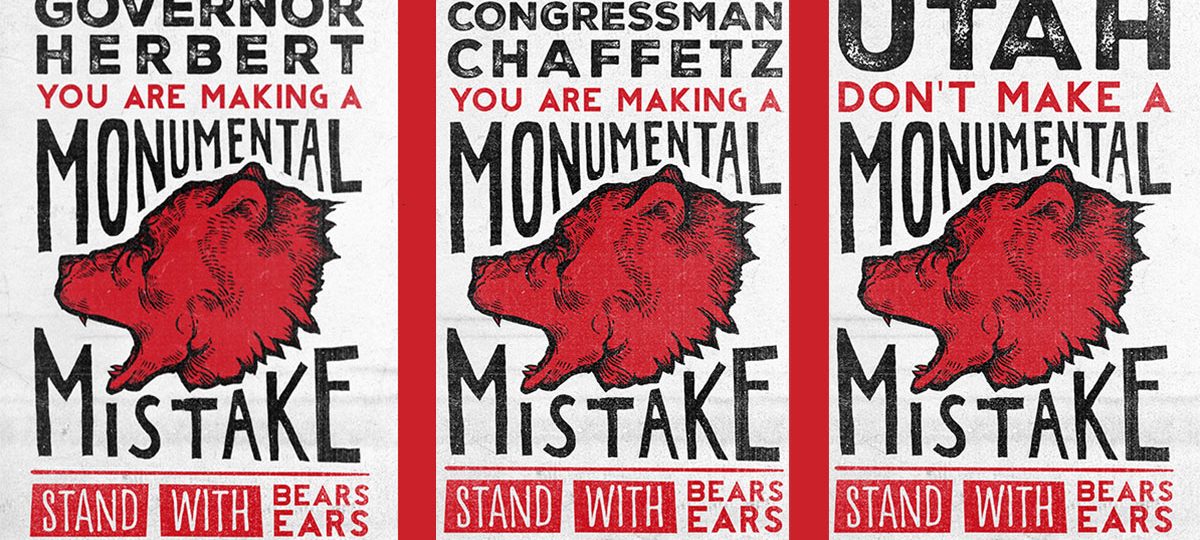Business Industry Advocacy
Amidst the slew of “exciting” news coming from south of the 49th Parallel, corporations are coming together to send a political message. Before Ex-President Obama handed over the torch, he made one last public land delegation through creating the Bear Ears National Monument in Utah. Utah’s Governor, Gary Herbert, is taking action through the Trump administration to rescind the newly-instated National Monument. As a result of this action, Yvon Chouinard of Patagonia and Peter Metcalf of Black Diamond Equipment elected to boycott Outdoor Retailer, a trade show that takes place in Utah bi-annually as a means to unveil new products and meet with other companies. Furthermore, the two published letters urging politicians to stop the resignation of public lands. To date, over 100 companies have followed suit, and others, such as Ibex Outdoor Clothing, have opted to still attend Outdoor Retailer but reduce the scale of its team attending and its participating activities in order to protest Herbert’s, and other congresspeople’s, action against conservation areas. The fact is that this political move threatens the livelihood and success of companies who rely on access for outdoor pursuits to sell products. Conversely, by boycotting the trade show, companies are effectively negatively impacting the local, front line citizens that make their livelihood via the outdoor industry. By not having these companies enter the local economy and spend, other issues and arguments are arising.
This is a drastic external risk that is difficult to manage. I believe that this falls in the range of strategy risk as well as external risk. While external risks are typically outside of an organization’s control, they can be envisioned through stress testing and war gaming. These companies, in response to this political threat on their related industry are using combinations of these external management tools along side strategy risk mitigation through methods such as risk-likelihood mapping (Kaplan, R.S. & Mikes, A., 2012).
